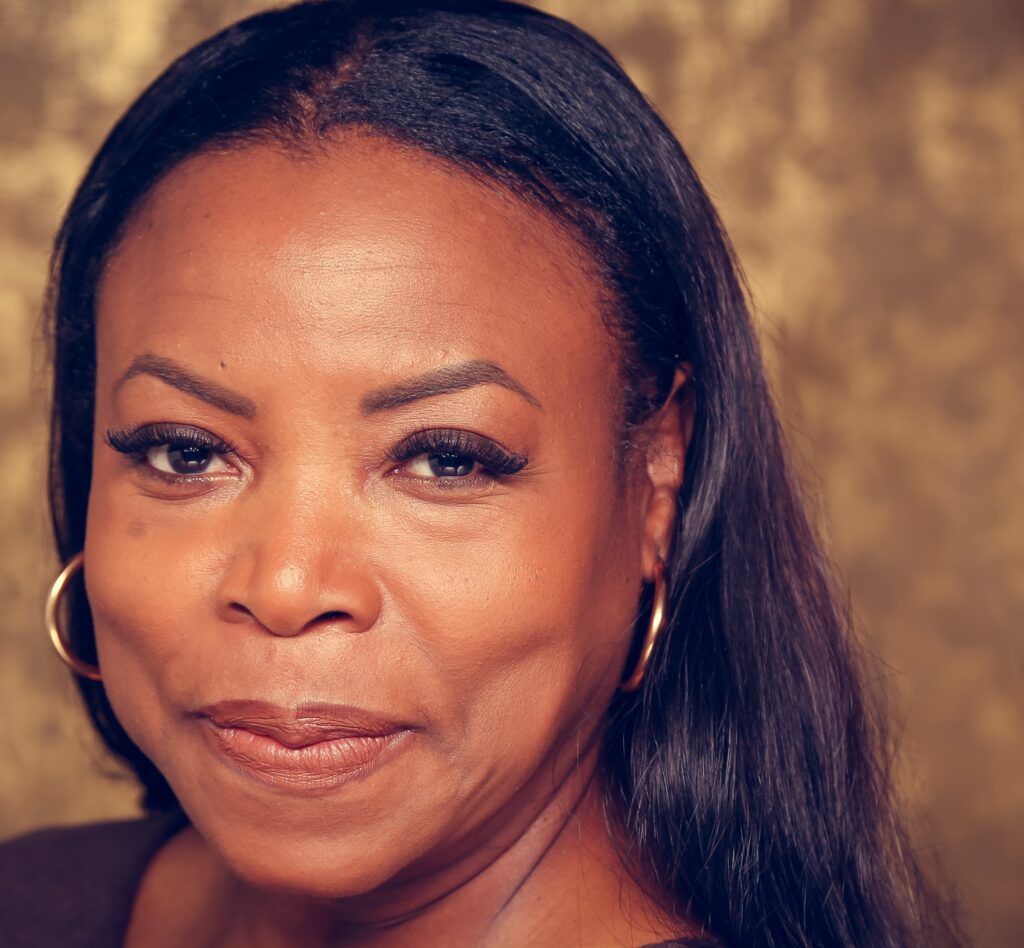
This blog post has been authored by Stand Out Online Member Engracia Sleeswijk, ESleeswijk Consultancy
Problems are everywhere. The degree to which a professional can solve a problem distinguishes him from the common herd. Problem-solving skills help you determine why an issue is happening and how to resolve that issue. It’s one of the critical skills that employers seek in job applicants. If this problem-solving thing is so crucial to daily life, what is it?
Consider problem-solving the process to observe your environment and identify things that could be changed or improved. You will have to diagnose “the why” of the current state and its influence. To be able to be successful at problem-solving, you need an open mind. Look at the different angles and choose the best possible option.
Each step in the problem-solving process employs skills and methods that contribute to the overall effectiveness of influencing change and determine the level of problem complexity that can be addressed. Humans learn how to solve simple problems from a very early age (learning to eat, make coordinated movements and communicate) – and as a person goes through life, problem-solving skills are refined, matured, and become more sophisticated (enabling them to solve more complex problems).
Steps to successful results.
1. Define the problem. Whether in your personal life or business, some things will wear out and break over time. Others are flawed from day-1. Realizing the difference will change both your approach and your investments in time and energy. To approach a problem methodically, we have to determine how they must function and then decide the strategy.
2. Address the risks. Humans have learned to identify trends and developed an awareness of cause-and-effect relationships in their environment. That is what risks mean in our lives. Addressing risks enables us to fix things when they break and anticipate what may happen in the future (based on experience and current events). Problem-solving can be applied to the anticipated future events and used to enable action in the present to influence the likelihood of the event occurring and alter the impact if the event does occur.
3. Determine the improved performance. You, as a professional, do not exist in isolation in the environment. There is a complex and ever-changing web of relationships that exist. As a result, one person’s actions will often have either a direct impact on others or an indirect impact by changing the environment dynamics. These interdependencies enable humans to work together to solve more complex problems. Still, they also create a force that requires everyone to improve performance to adapt to improvements by others continuously. Problem-solving helps us understand relationships and implement the changes and modifications needed to compete and survive in a continually changing environment.
See problem-solving as an opportunity. It isn’t just a matter of responding to and fixing the environment you are in. You have to have the perspective of the long term. This means innovating, creating new things, and changing the environment to be more desirable. Use problem-solving to identify and exploit opportunities in the environment and exert (some level of) control over the future.
It is better to solve one problem in five different ways than to solve five problems one way. George Polya.
I am a Speaker and Coach; helping professionals to Redesign their life. I help them find the life they’ve envisioned.